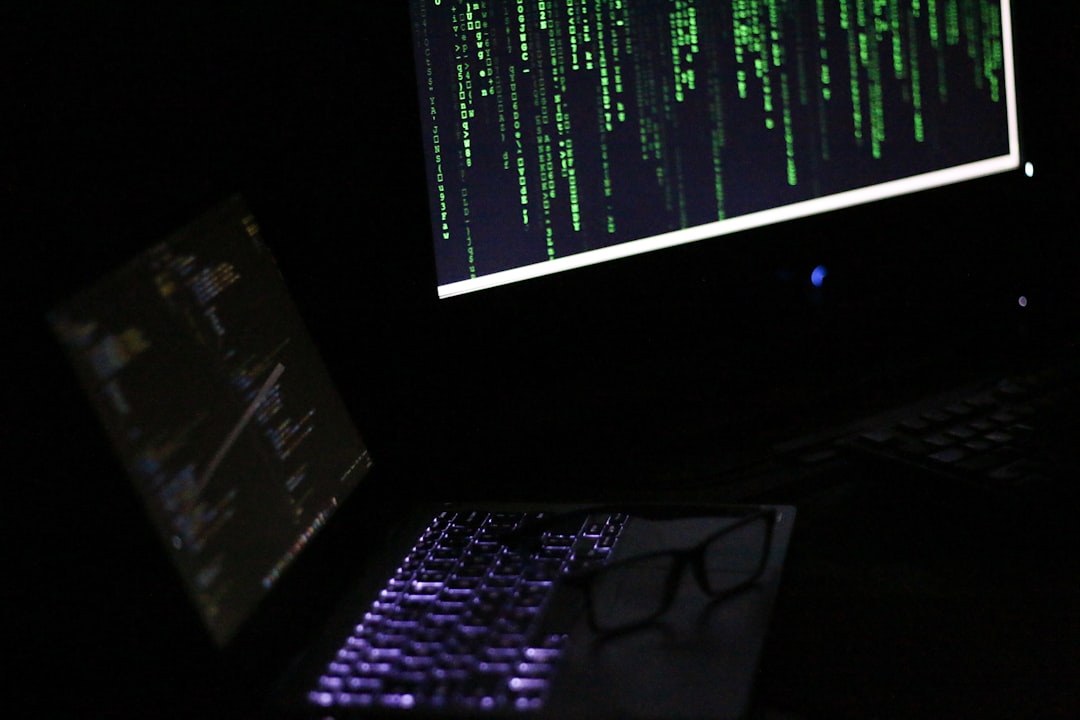With the rise of hybrid workplaces and an increasingly mobile workforce, 2025 is shaping up to be a year where cyber awareness becomes more essential than ever. As remote work continues to evolve, companies must stay ahead of emerging cybersecurity risks, particularly those associated with Bring Your Own Device (BYOD) policies. While enabling employees to access corporate resources through personal devices can provide convenience and flexibility, it also introduces a variety of vulnerabilities. Understanding and mitigating these risks is a paramount concern for organizations looking to maintain security in a remote-first world.
The Evolution of Remote Work
Over the past few years, remote work has shifted from a temporary fix to a permanent fixture across industries. While this transition offers numerous benefits—such as reduced overhead costs, improved work-life balance, and broader talent acquisition—it also presents new cybersecurity challenges. As we move into 2025, the blending of personal and professional digital environments is creating complex threat landscapes that traditional security models struggle to defend against.

Remote employees often operate outside the protected boundaries of corporate networks. They work from coffee shops, airports, and home offices, relying on personal or sometimes unsecured Wi-Fi connections. Furthermore, many use the same devices for both personal and professional activities, inadvertently increasing chances of data leakage, malware infection, and unauthorized access.
Understanding the BYOD Model
Bring Your Own Device (BYOD) policies allow employees to use their smartphones, laptops, and tablets to perform their job duties. These policies offer several advantages, including cost savings, increased employee satisfaction, and enhanced productivity. However, they also significantly expand an organization’s attack surface.
Without proper security frameworks, BYOD can leave a company vulnerable to cybersecurity breaches, including:
- Lost or stolen devices: Devices with sensitive data might fall into the wrong hands.
- Data leakage: Unsecured apps or cloud storage may inadvertently expose confidential information.
- Malware infection: Personal devices often lack enterprise-level antivirus or endpoint protection tools.
- Insider threats: Whether intentional or accidental, misuse of personal devices by employees can compromise security.
Threat Landscape for 2025
Cybercriminals are becoming more sophisticated, using artificial intelligence and machine learning to craft targeted attacks. In 2025, organizations can expect a number of remote-related threats to increase in scale and complexity. Chief among these are ransomware attacks, phishing campaigns, and zero-day exploits targeting unpatched personal devices.
Moreover, remote workers often fall prey to “shadow IT”—unapproved applications and software solutions that bypass official security protocols. These applications can create backdoors into corporate systems that are difficult to detect until it’s too late.

Best Practices for Safe Remote Work and BYOD
To protect against these ever-growing risks, companies must adopt proactive strategies. Cyber awareness is not a one-time initiative, but a continuous process that evolves alongside the threats it aims to mitigate. Here are some best practices for securing remote workforces and effectively managing BYOD environments:
1. Enforce a Robust BYOD Policy
Create clear and detailed BYOD guidelines that outline acceptable use, security protocols, and compliance standards. Employees should explicitly agree to these terms before being granted access to company resources.
2. Implement Mobile Device Management (MDM)
MDM tools help companies control and secure data on employee-owned devices. Features like remote wipe, app management, and encryption can mitigate data loss and keep sensitive information secure even if a device is compromised.
3. Use Multi-Factor Authentication (MFA)
Requiring additional authentication layers—such as SMS codes, authentication apps, or biometrics—adds a significant barrier against unauthorized access, even if a device is lost or credentials are stolen.
4. Deploy Virtual Private Networks (VPNs)
VPNs encrypt data transmissions between users and the corporate network, minimizing risk when employees access systems from unsecured environments.
5. Regularly Update and Patch Systems
Encourage or require employees to install software updates and security patches on all devices used for work purposes. An unpatched system is one of the most common entry points for cyberattacks.
6. Provide Continuous Cybersecurity Training
Keeping employees informed about common threats—like phishing scams, dubious links, and weak passwords—is crucial. Regular training helps build a human firewall capable of recognizing and responding to risk in real-time.
Legal and Compliance Considerations
In addition to security concerns, BYOD policies and remote work structures must align with data protection and privacy regulations. Laws like the General Data Protection Regulation (GDPR), California Consumer Privacy Act (CCPA), and various industry-specific mandates require strict control over how personal and customer data is accessed, stored, and shared.
Companies must ensure that their cybersecurity infrastructure isn’t just robust, but also compliant. This includes maintaining proper audit trails, securing third-party apps, and confirming that data does not leave approved storage environments—even on personal devices.
Looking Forward: Cyber Resilience in 2025 and Beyond
As we venture deeper into a digital-first and cloud-based future, cybersecurity must become a central pillar of every organization’s remote work strategy. It’s no longer enough to assume that perimeter-based defenses will hold; businesses must adopt a Zero Trust model—a mindset where verification is required from everyone, at every level, before access is granted.
Cyber awareness is both a cultural and technical effort. In 2025, forward-thinking companies will invest in adaptive security measures, leveraging AI for threat detection while fostering a security-centric employee culture. Those who fail to adapt risk not only data breaches but irreparable damage to their reputation and customer trust.
Frequently Asked Questions
-
What is the primary risk of allowing BYOD in a remote work environment?
The main risk is the lack of control and visibility over personal devices, which can be vulnerable to malware, data leaks, or unauthorized access. -
How can companies secure personal devices used by employees?
By implementing Mobile Device Management (MDM), requiring strong authentication methods, and ensuring devices are updated with the latest security patches. -
Is it necessary for small businesses to worry about cyber threats in remote work settings?
Absolutely. Small businesses are often seen as easy targets due to limited resources and weaker security structures, making cyber awareness crucial. -
What role does employee training play in cybersecurity?
Employee training is vital. Informed employees can recognize suspicious activity, avoid common scams, and act as the first line of defense against cyberattacks. -
Are there regulations that govern how personal devices can access company data?
Yes. Depending on the industry and location, laws such as GDPR, HIPAA, and CCPA can impose strict requirements for data protection and access control.



